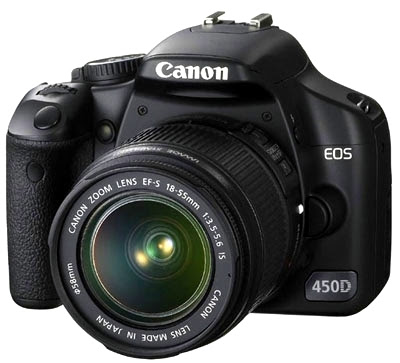Ebony RSW45 Large Format Camera
Ebony's legendary series of folding 4x5 cameras. The SV45U2, SV45U and SV45TE are superbly crafted from quarter-sawn ebony heartwood, one of nature's hardest, strongest and most stable construction materials. This extremely dense and straight-grained wood is aged for over 20 years before it is cut, and finished with a premium grade oil to retain its unique natural lustre.
The SV45Ti is constructed with the same care and attention to detail from 20-year-old quarter-sawn mahogany heartwood, and finished with exquisite Lacquer Japan ('urushi').
As with all Ebony cameras, the metal parts of the SV45 series are made of solid titanium - harder, stronger and lighter than stainless steel. The uniquely thin and supple yet durable calfskin bellows are hand-made to Ebony's specifications. The hand-strap is made of genuine cordovan leather. All parts are made to unequalled standards of precision and meticulously assembled by hand. Every camera is then rigorously checked and tested by Ebony's team of craftsmen to ensure total accuracy and reliability. The Ebony SV45 series are cameras without compromise - in materials, craftsmanship or range of abilities.
- Absolutely rigid construction: no vibration or sway, even at maximum extension. Complete stability is assured.
- The movements, precision and rigidity of a view camera with the portability of a field camera
- Base and center tilts at both front and back (Asymmetrical tilts and swings replace center tilts and swings on back
- standard of SV45U and SV45U2 allowing perfect focus to be maintained during adjustments.)
- Huge triple-draw bellows extension enabling use of 35mm-800mm lenses. (Universal bellows, allowing greater range of movements with wide-angle lenses, replace standard bellows on SV45U2. Interchangeable wide-angle bellows also available as optional accessory for all SV cameras.)
- 35/38mm lens may be used with recessed lensboard
- Foldable, with 30° bed drop
- Compatible with Linhof-type 4x5 lensboards
- Accepts both 4x5 International Standard and 6x9 Graphic Standard roll film holders (Horseman, Mamiya RB67 etc.): format reducing adapter required for 6x9 roll film or instant film holders.

















































